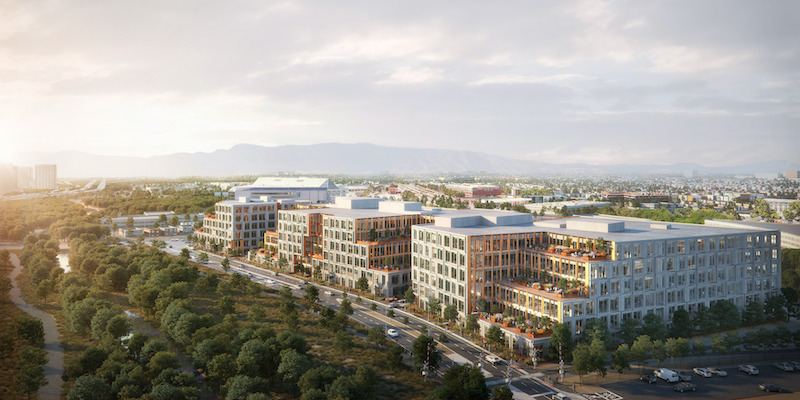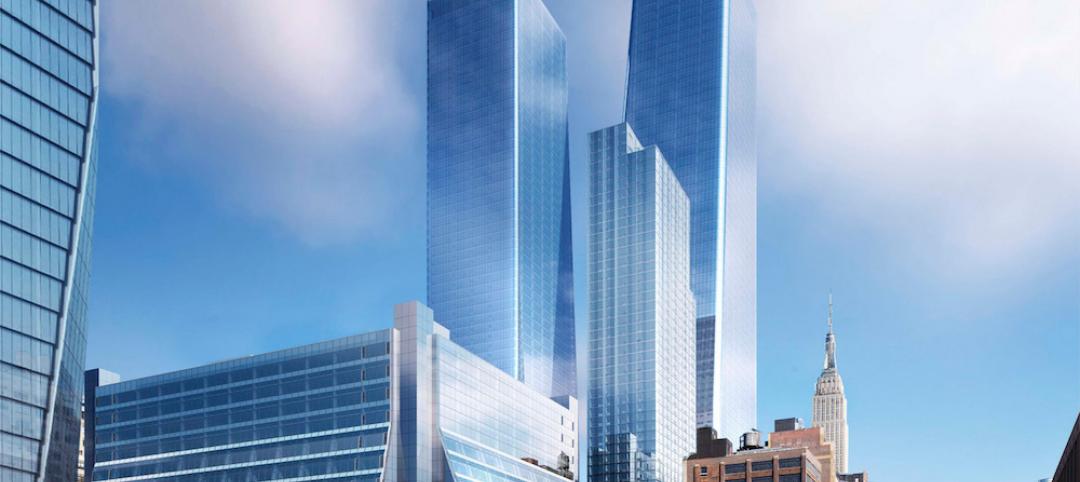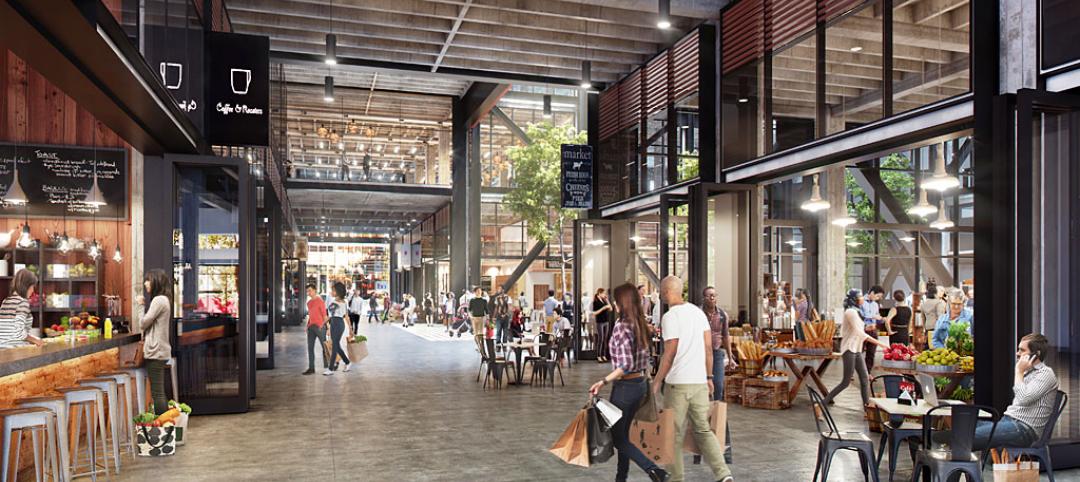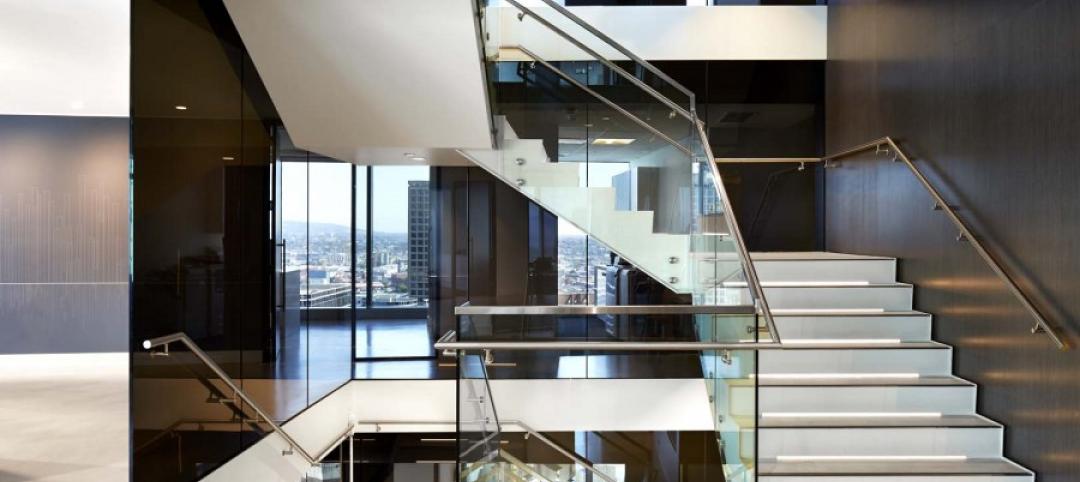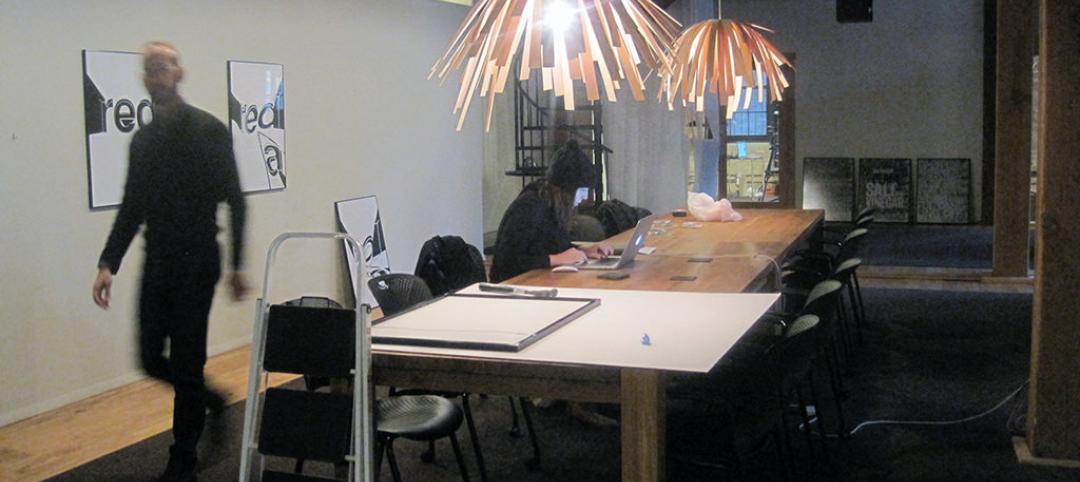Platform 16, a 1,200,000-sf, three-building office campus, has recently broken ground in Downtown San Jose. The Kohn Pedersen Fox-designed project will be located on a 5.4-acre site adjacent to Google's planned transit village and Diridon Station, a major Bay Area transportation hub.
Platform 16 will include a main facade with three module orientations (center, left, and right) to create a sense of depth and texture by breaking down the building's scale and creating a shimmering effect in the sun's reflection. The low, horizontal mass recedes from the street as it steps up to create large terraces at every level. These terraces will provide significant outdoor space for tenants, while also bringing daylight deep into Platform 16's interiors. The bronze terrace facade will contrast with the main wall in materiality and scale.
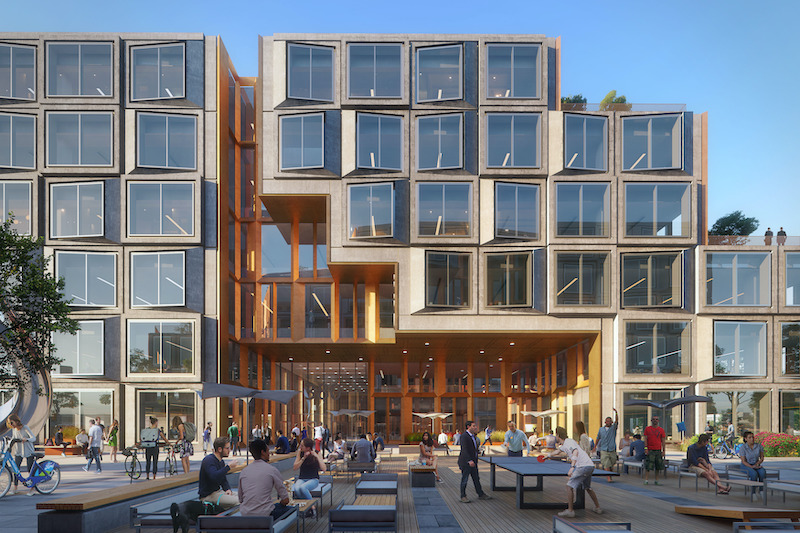 Courtesy Plompmozes for KPF.
Courtesy Plompmozes for KPF.
The project's combination of a high-performance facade, passive cooling systems, high efficiency lighting systems, and a solar PV roof covering 20% of the building have the building projected to outperform the AIA 2030 Commitment goal of 80% reduction against its baseline.
See Also: A resort with a giant artificial wave basin is being planned for southern California
Platform 16 will also provide immediate pedestrian access to the neighborhood and transit access to the Bay Area at large. On its south side, San Pedro Square will become a flexible public realm with access to the city's financial center, the SAP Center, and Diridon Station.
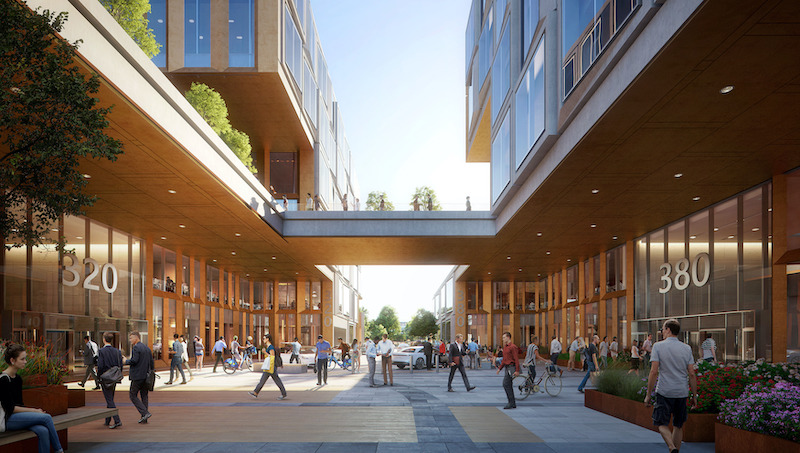 Courtesy Plompmozes for KPF.
Courtesy Plompmozes for KPF.
Other project features include various active pedestrian plazas, expansive floorplates, and 15-foot floor-to-floor heights.
The first phase of construction is slated for completion in 2023.
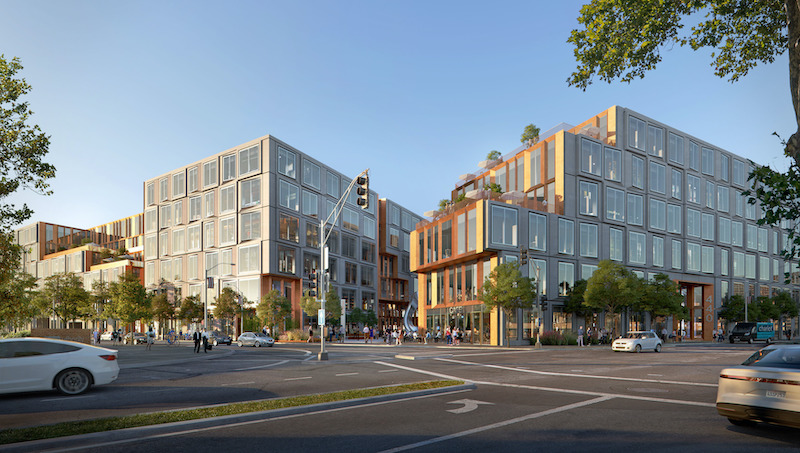 Courtesy KPF.
Courtesy KPF.
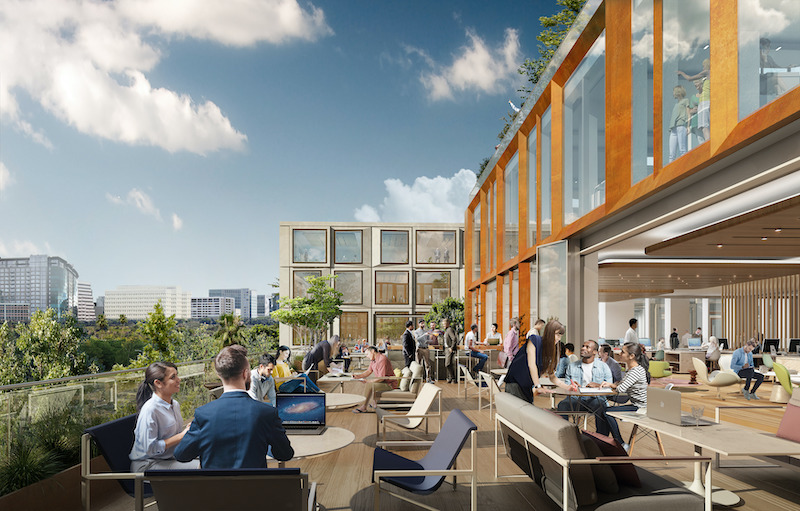 Courtesy Byencore for KPF.
Courtesy Byencore for KPF.
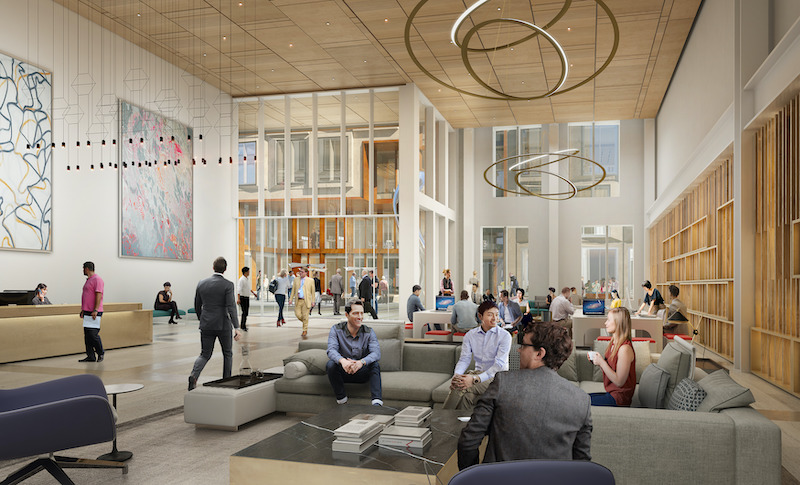 Courtesy Byencore for KPF.
Courtesy Byencore for KPF.
 Courtesy Byencore for KPF.
Courtesy Byencore for KPF.
 Courtesy Byencore for KPF.
Courtesy Byencore for KPF.
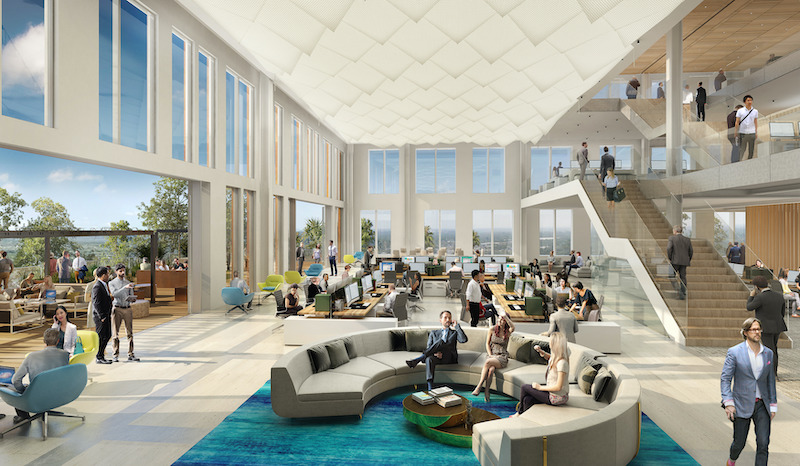 Courtesy Byencore for KPF.
Courtesy Byencore for KPF.
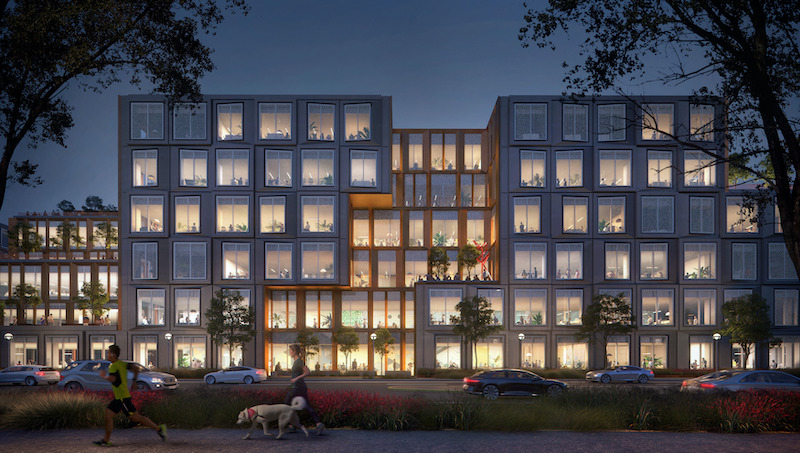 Courtesy Plompmozes for KPF.
Courtesy Plompmozes for KPF.
Related Stories
Game Changers | Feb 4, 2016
GAME CHANGERS: 6 projects that rewrite the rules of commercial design and construction
BD+C’s inaugural Game Changers report highlights today’s pacesetting projects, from a prefab high-rise in China to a breakthrough research lab in the Midwest.
Mixed-Use | Jan 25, 2016
SOM unveils renderings of dual-tower Manhattan West development
The five million-sf project includes two office towers, a residential tower, retail space, and a new public square.
Office Buildings | Jan 21, 2016
Nike reveals design, first images of planned 3.2 million-sf expansion to its world headquarters
The expansion looks to combine design elements inspired by human movement, speed, and the strength and energy of competition.
| Jan 14, 2016
How to succeed with EIFS: exterior insulation and finish systems
This AIA CES Discovery course discusses the six elements of an EIFS wall assembly; common EIFS failures and how to prevent them; and EIFS and sustainability.
Office Buildings | Jan 14, 2016
JLL: Slowdown not expected for office market
The booming sector had an occupancy growth rate 1.3 times that of new supply in the fourth quarter of 2015.
Office Buildings | Jan 11, 2016
Spec for tech: Designing for the creative class
The new work environment, settings which blur the line between work and life, is inspired by cities and the attributes that all great urban environments share, writes Ben Tranel of Gensler.
Office Buildings | Jan 6, 2016
4 tips for creating flow in a multi-level workspace
Successful workplaces enable a clear progression of ideas and people, which can be challenging for workplaces that occupy multiple levels. Perkins+Will's Sarah Stanford found some strategies that have proven successful.
Office Buildings | Dec 23, 2015
Good design alone won’t eradicate mindless meetings
Gensler's Johnathan Sandler discusses efficient alternatives to dull, wasteful workplace meetings.
Office Buildings | Dec 17, 2015
John Buck Company to develop CNA’s Chicago headquarters
The 35-story building will have plenty of column-free space.
Office Buildings | Dec 9, 2015
HOK collaborates with IFMA on new workplace strategy research report
Report cites work-life balance as the top reason for implementing “distributed work” strategies.


